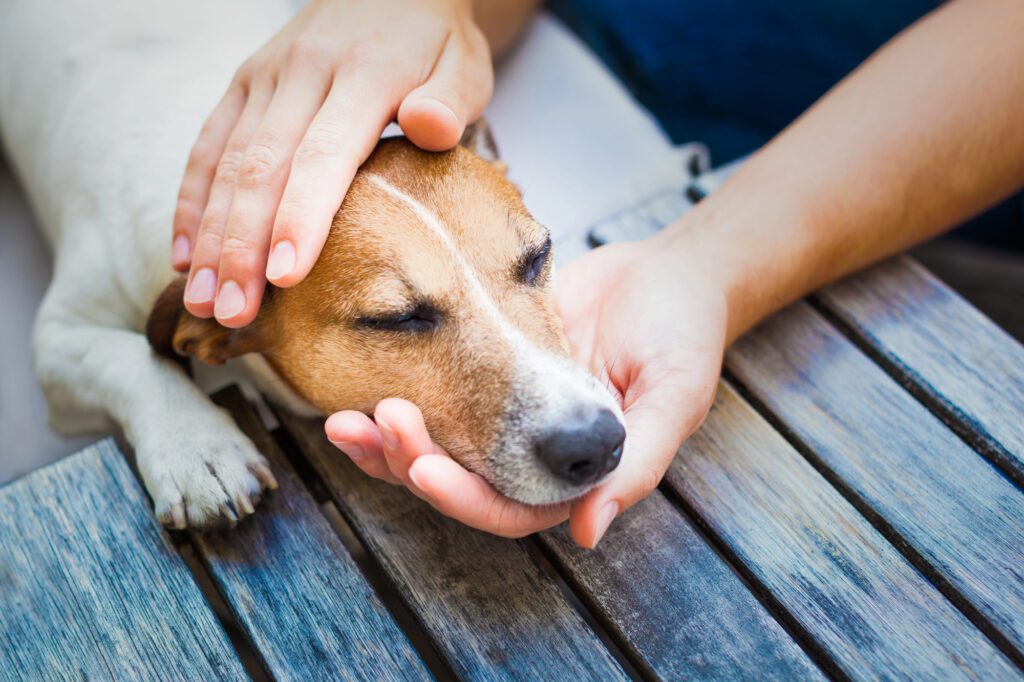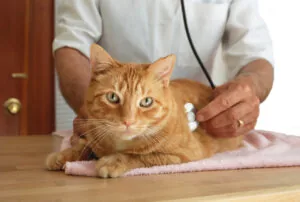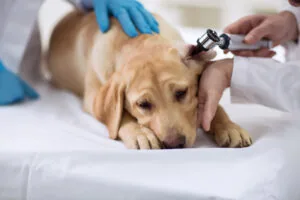Signs Your Pet Might Be in Pain: When to Visit the Vet Immediately

As pet owners, we wish our furry companions could tell us when something is wrong. Unfortunately, they can’t simply say, “I’m hurting,” which makes it our job to recognize the signs your pet is in pain before it gets worse. Ignoring pet pain symptoms could lead to greater suffering or serious health complications. If you notice anything unusual, don’t wait—call Shallowford Animal Hospital at (336) 945-4412 for expert care right away.
Why Pets Hide Their Pain
Animals are naturally wired to hide discomfort. For them, masking pain is an instinctive survival mechanism. This behavior, while beneficial in the wild, can make it challenging for us as pet parents to detect when our pets are suffering. That’s why vigilance is key. Recognizing pet discomfort means being aware of subtle changes in behavior or habits that could signal a problem.
Pets may seem to carry on as usual, but they could be silently struggling with an injury or illness. It’s critical for us to observe closely and respond to any warning signs to ensure their well-being.
Common Signs Your Pet Is in Pain
Since pets hide their pain, identifying the issue often requires paying attention to their signs that your pet is in pain. Here are a few signs your pet is in pain or discomfort to watch for:
Behavioral Changes
- Increased aggression, withdrawal, or irritability
- Reluctance to engage in regular play or social activities
- Restlessness or pacing
Physical Symptoms
- Limping or difficulty moving around
- Excessive licking or biting at a specific area of their body
Other Noticeable Indicators
- Changes in eating or drinking habits (e.g., eating less, drinking excessively)
- Vocalizations like whining, growling, or yelping
- Sudden changes in posture or guarding certain body parts
- Reluctance to be touched or picked up
If you’re uncertain about signs your pet is in pain, start by simply monitoring their routines. A change in sleep patterns, a lack of enthusiasm, or more frequent accidents could all be signs that something is wrong.
When to Take Your Pet to the Vet Immediately
Knowing signs your pet is in pain can make all the difference. While some symptoms can wait until your next routine vet visit, others require immediate attention. Here are some signs your pet is in pain that warrant an urgent call to the vet:
- Clear trauma, such as a broken bone or deep wound
- Persistent vomiting or diarrhea that lasts more than a day
- Sudden and severe behavioral changes, like extreme lethargy
- Excessive panting, rapid breathing, or signs of collapse
- Loss of appetite, especially when combined with lethargy
These symptoms point to serious conditions that demand prompt evaluation and care. Early intervention can prevent complications and, in some cases, save your pet’s life.
Why Shallowford Animal Hospital Is the Right Choice for Your Pet
At Shallowford Animal Hospital, we understand how devastating it is to see your pet in pain. That’s why our team is dedicated to providing the highest level of care for your furry family members. Here’s why you can trust us:
- Compassionate, experienced veterinarians who treat every pet like their own
- Advanced diagnostic tools to accurately assess and manage pain symptoms
- Comprehensive treatment plans tailored to your pet’s unique needs
- A warm, friendly staff focused on your pet’s comfort and well-being
- Convenient appointment options to fit your busy schedule
For years, we’ve been a trusted name in the community, delivering expert care to pets and peace of mind to their owners. We’re here to help your beloved companion through every stage of their life.
How to Help Your Pet at Home While Waiting for the Vet
While waiting for your appointment, there are a few things you can do at home to keep your pet as comfortable as possible:
- Create a calm and cozy environment to help them relax
- Avoid giving over-the-counter pain medications without veterinary approval
- Monitor their symptoms closely and document any changes
- Make sure they stay hydrated, especially if they’re refusing food
- Prepare a detailed account of their symptoms to share with the vet
Being prepared ensures your vet can quickly pinpoint and treat the issue. Every piece of information you provide could bring your pet closer to relief.
Recognizing Pain Early Makes All the Difference
Ignoring or overlooking the signs that your pet is in pain can lead to unnecessary suffering or worsening health conditions. By staying attentive and trusting your instincts, you can catch problems early before they become severe. Remember, you’re your pet’s first defender when it comes to their health and happiness.
At Shallowford Animal Hospital, we’re here to ensure your pet receives the care they deserve. Your pet’s health and comfort are our top priority, and we’ll be with you every step of the way. Call us today at (336) 945-4412 to schedule an appointment for your pet.
Share This Post
Recent Posts
About Shallowford Animal Hospital
Shallowford Animal Hospital and The Pet Spa at Shallowford are dedicated to the exceptional, compassionate care your pet deserves. Pets hold a very special place in our families, and we treat yours like our own.



